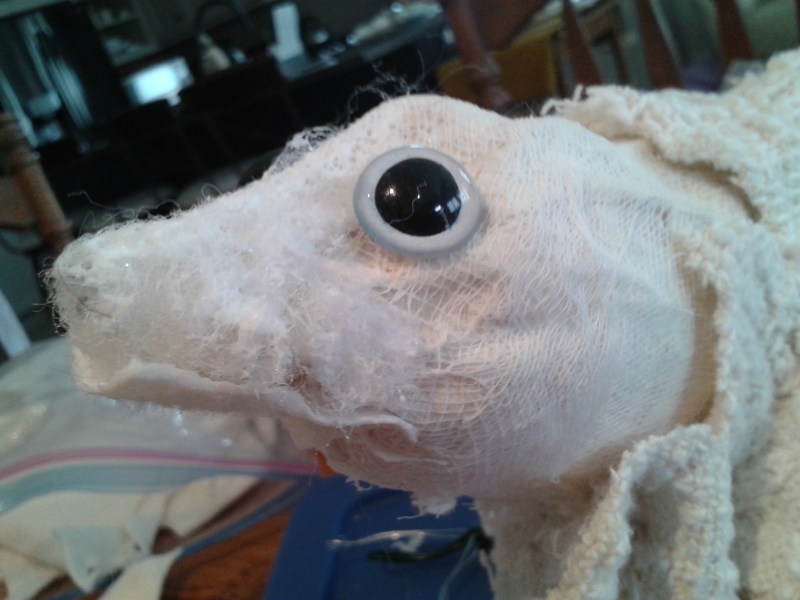This was one of the first images I captured on my recent return to New Zealand. It’s a place along the South-West coast of the North Island a little north from Wellington called Paremata which adjoins the newly developed Camborne suburb. I’m looking South-East towards Pauatahanui inlet. My walk there brought back memories of childhood when our family of 5 children travelled to Paremata on day trips by train to this inlet beach to gather clam shellfish that we called “pipis.” We worked hard digging in the tidal sands for these small white mollusks, gathering a bucketful to take home for the next day’s meal, as they had to be left in fresh water overnight to spit out sand from their shells.
At some point Mum would send me, along with perhaps my next youngest sister, to the local fish and chips shop to bring back a large bundle of steaming hot fare (of course wrapped in newspaper) that we’d spread out on a picnic blanket and dive into with our fingers. There was usually a baby in a pushchair (stroller) and this device offered a handy means to transport the heavy shellfish back home after an invigorating and tiring day in the sun.
It occurred to me that what I was revisiting impacted in such a profound way that the imagery and memories would lend themselves to a new series of needle felted artworks. This Paremata memory (here at high tide) is the image the I decided to begin with.



Using wool fibre then silk in subsequent layers I have recreated this scene captured on the walk with my sister around the Paremata harbour/inlet. The feature plant is flax which may be one of 2 indigenous species, either Phormium tenax (harakeke). Likely this one as its a larger species than the mountainous Phormium colensoi (wharariki). As it had just flowered, I am unable to tell if its flowers were red (tenax) or yellow (colensoi). New Zealand flax (not related to the European variety) is a hardy plant which was traditionally used by the Maori people for woven mats and baskets, ropes and clothing. It was also cultivated by the European settlers for their own and commercial use. Now reintroduced in many areas, the plant attracts native birds such as the Tui – a black song bird featuring a white ball of feathers at the throat.
On my next work depicting part of this Paremata walk, I will discover more about what I am seeing in the image. I will also travel up the coast, into thicker forest and make a trip down to Christchurch in the South Island.












































































































































































































































